Gears have evolved over the last decade. Worm gears have sliding surfaces but thay can have higher friction. Spur gears have rolling surfaces, but because the teeth are cut straight across on a face; one or two teeth at a time are in contact with another gear, which can create high noise. Worm and spur gears are less expensive to manufacture, but they typically last about three years before they need to be replaced.
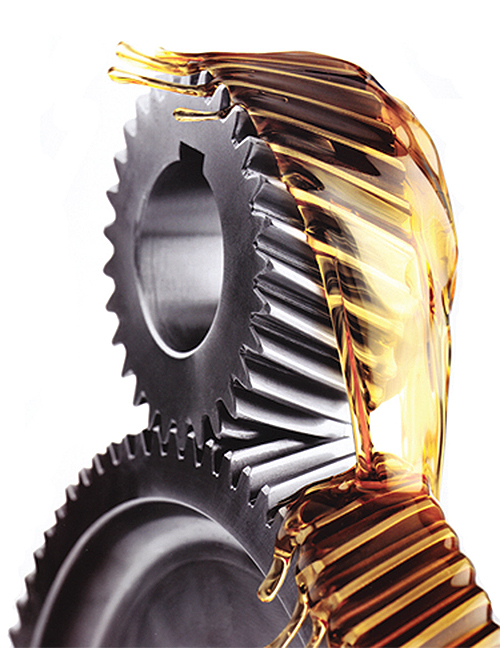
Worm gears typically require lubrication and may have shorter life cycles than helical gears, depending on the application.
“Another option is to use high-quality gear reducers,” said Bernd Stober, owner and former helical gearing designer at STOBER Drives. “Gear reducers typically run cool and quiet for many years.”
Helical gearing is machined to have angled teeth, then hardened and ground to achieve an efficient gear mesh. The teeth angle enables the gears to gradually mesh. Thus, two or three teeth of each gear are always in contact with other gears. This configuration lessens the load on each tooth and creates a smooth transition of forces from one tooth to the next. The result: less vibration, wear, noise, and a longer life.
Helical gear reducers come in many shapes, sizes, and configurations, helping you eliminate high wear and high maintenance parts such as belts, pulleys, chains, and sprockets.
There are two common quality indicators in gearing—high noise and vibration—which result in low precision and limited life.
Rotating machines that generate high noise and high vibration can have any number of quality issues. Rotating components may not be balanced properly, which causes vibration. Mating components may be machined to tolerances that are not precise regarding perpendicularity, concentricity, and true position. Or, components may not be rigid enough, flexing under load, which can result in misalignment.
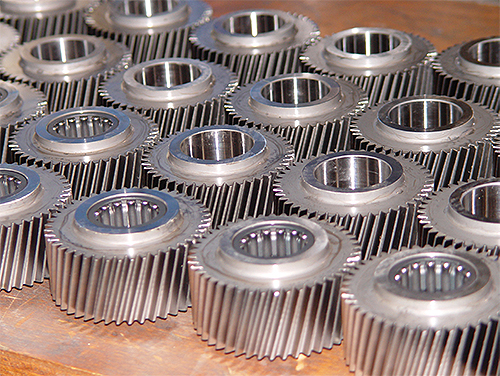
Stober helical gear reducers come in many shapes, sizes, and configurations.
The noise level of helical gearing is approximately 10-12 dB (A) lower than spur gearing. That means 16 helical gear units generate as much noise as a single spur gear unit. An additional benefit is that silent gears are better for employee hearing.
Another issue is high heat generation, which indicates low efficiency and wasted energy. High heat generation is the result of low efficiency in rotating machines, which can also have many causes including inefficient design, misalignment, incorrect fits, and large seal diameters creating drag.
Helical gearing is 20% to 30% more efficient than single stage worm gearing. With a 2 hp motor, up to 4,000 kWh energy can be saved per year. Also, you can opt for a smaller motor because the losses in the gear reducer are lower.
STOBER Drives
www.stober.com
Filed Under: MECHANICAL POWER TRANSMISSION, Gears • gearheads • speed reducers

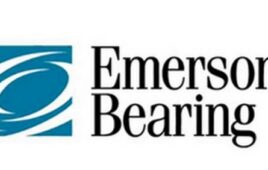
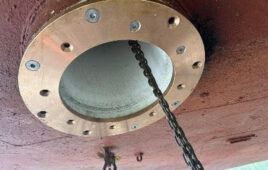

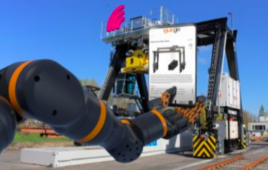
Tell Us What You Think!